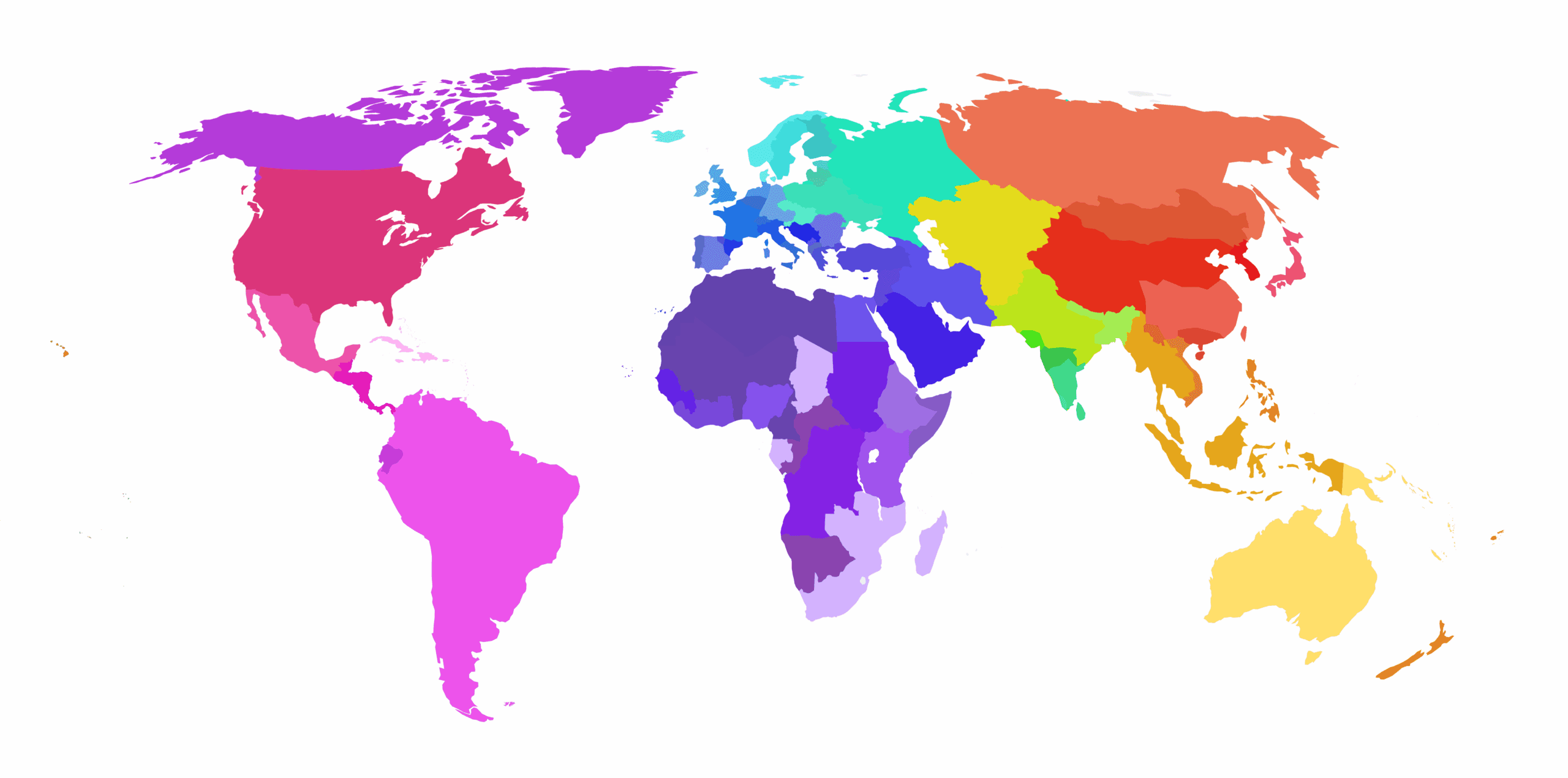By Brenna Henn
 A Nilotic-speaking pastoralist from Tanzania / Sarah A. Tishkoff
A Nilotic-speaking pastoralist from Tanzania / Sarah A. Tishkoff
Genes are just one component that children inherit from their parents. Throughout much of human history, especially when populations consisted of small hunter-gatherer groups, the language and lifestyle of a people were also inherited from generation to generation.
This is why genetic patterns and cultural traits are often correlated. So, when scientists see cultural similarities between two populations, they can ask whether there are genetic similarities between the two groups as well.
For many cultural traits, such as pastoralism and agriculture there is still a debate: did people actually migrate into new regions, bringing their genes and culture with them, or did the language and lifestyle simply spread by word of mouth to new lands?
Pastoralism
In this week’s Proceedings of the National Academy of Sciences, scientists from Stanford University (several of whom are also associated with 23andMe, including myself) have used the principle of genetic and cultural exchange to find the first genetic evidence of a prehistoric migration of people from Tanzania to southern Africa. We discovered a mutation (aka ‘SNP’) on the Y-chromosome that originated about 10,000 years ago in eastern Africa and is now most common among people from two regions: Tanzania and southern Africa.
Pastoralists (people who rely heavily on animal husbandry for food) such as the Datog and Burunge of northern Tanzania carry the newly discovered SNP. In fact, it is present among 30-40% of men from these populations. Unexpectedly, the click-speaking Kxoe of southern Africa carry the same SNP at similar levels to the Tanzanian populations, indicating that these people are closely related to the Tanzanian pastoralists. The evidence indicates that men from southern and eastern Africa shared very recent common ancestors between about 1,200 and 2,700 years ago.
Genetic Exchange
With this genetic evidence in hand, we then turned to archaeologists to see if the fossil record indicated an ancient migration around this time.
As it turns out, the current thinking among archaeologists is slightly different than what this new genetic evidence has revealed. Archaeologists currently favor a model in which the cultural practice of pastoralism spread from an unknown eastern African group into southern Africa about 2,000 years ago, perhaps without any sort of movement of people (i.e. genetic exchange).
Our new genetic study , while still supporting the archaeological record for the timing and place of the origins of pastoralism in sub-Saharan Africa, puts a new twist on the current thinking. It suggests that a small group of men actually migrated into southern Africa about 2,000 years ago. These men probably married into local hunter-gatherer populations, contributing their livestock and cultural knowledge of pastoralism. These migrants were probably closely related to the modern day Datog and Burunge groups of Tanzania.
, while still supporting the archaeological record for the timing and place of the origins of pastoralism in sub-Saharan Africa, puts a new twist on the current thinking. It suggests that a small group of men actually migrated into southern Africa about 2,000 years ago. These men probably married into local hunter-gatherer populations, contributing their livestock and cultural knowledge of pastoralism. These migrants were probably closely related to the modern day Datog and Burunge groups of Tanzania.
Nama of Nambia
A shift to pastoralism was a fundamental change for the hunter-gatherers of southern Africa during the last couple thousand years. It caused a dramatic change in the culture and belief systems of these people. As pastoralism became more widespread in southern Africa, so did the beginnings of a sense of ownership of animals and the emergence of chieftans.
These changes can still be seen today in the practices of people throughout Namibia, Botswana and South Africa. For example, the Nama of Namibia began practicing pastoralism not long after its arrival in southern Africa and continue to do so today.
The question of whether the shift from hunting and gathering to agriculture was the result of cultural exchange or actual migrations between groups is one of the most important debates among archaeologists and geneticists. With this new genetic evidence, we think we have answered this question, at least in southern Africa.
Future studies will further examine the relationhip between genes and culture, and how this relationship has influenced the genetic and cultural makeup of modern African populations.
Brenna Henn is a doctoral student in Stanford University’s Department of Anthropology and a 23andMe consultant. Brenna studies human evolution using genetic information. Her interests include the origin of modern humans, migration patterns among African groups, and genetic models of demography.



